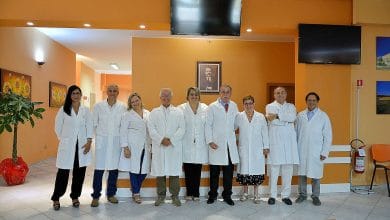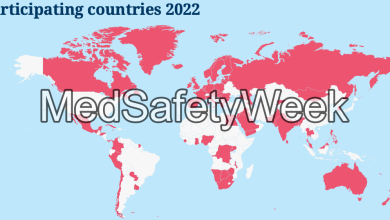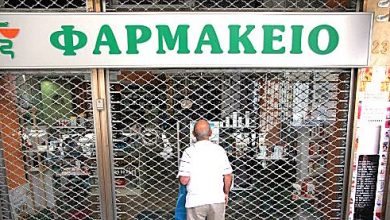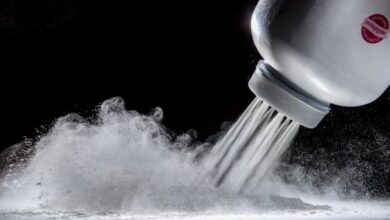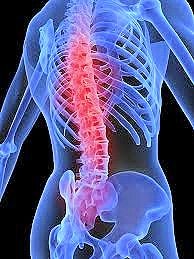
Measuring bone density can even harm your health, says Sayer Ji, founder of GreenMedInfo, researcher and member of the Global Gmo Free Coalition. “The definitions of osteoporosis and osteopenia have been formulated on purpose – she explains – to induce millions of women to believe that they need drugs despite not having symptoms”.
Of Editorial board – 10 July 2014 – change
"The current definitions of osteoporosis and osteopenia - Sayer Ji explains - were arbitrarily formulated in the early 90s and led millions of women to believe that they needed to take drugs despite having no symptoms". First osteopenia in 1992 and then osteoporosis in 1994 were identified as skeletal diseases by the WHO when, using an X-ray instrument, certain values are identified which differ by a certain margin from the average values of a young adult woman caucasian. This technical definition, adopted around the world, "has nothing to do with health promotion," says Sayer Ji.
Aging turned into disease
A "standard deviation" is simply a quantity calculated to indicate the magnitude of the deviation for groups of people. “The choice to consider as the mean value that of a young adult woman of about 30 years of age, who is in the peak bone mass of the life cycle, and to place it as the standard of normality for all women of 30 years and older is not only It was completely arbitrary but also illogical – continues Ji – How could the bone density of an 80-year-old be defined as abnormal just because it is lower than that of a 30-year-old? With the new definitions devised by the WHO for bone densitometry, aging is transformed into disease and the "target" women are those same women for whom menopause is also proposed as a disease to be treated with synthetic hormone replacement therapy, treatments which cause more harm than good, such as heart disease, stroke and cancer". Thus, Ji explains that women are convinced that osteoporosis too should be treated with expensive medicines, the assumption of which also involves risks, to artificially raise bone density values by any means. Thus, millions of healthy women are placed in the category of women at risk and to be treated generating billions of dollars in profits for doctors and pharmaceutical companies.
As Ji explains, osteopenia is a medical and diagnostic non-entity. The term itself simply describes a statistical deviation from an arbitrarily determined value. According to the Mayo Clinic epidemiologist Joseph Melton, the term osteopenia has no particular diagnostic or therapeutic meaning. Another expert, Michael McClung, director of the Oregon Osteoporosis Center, criticized the adoption of the pathological category of osteopenia, stating that "we are medicalizing a non-problem." "In reality - explains Ji - the WHO definition distracts from the real key problem" and that is the ability to coordinate the body appropriately to minimize the risk of falls. Furthermore, Ji explains, “bone quality depends on diet and lifestyles and cannot be broken down only into numerical values. For example, vitamin K2 and soy isoflavones significantly reduce the rate of bone fractures without increasing bone density."
High bone density and breast cancer
“One of the things people don't usually tell is that having higher than normal bone density in middle and old age increases the risk of breast cancer by 200-300%, according to research published in journals such as the Lancet, Jama and Nci. Moreover, there is a tendency to make people believe that increasing bone density in order to prevent osteoporosis lengthens life and this is not the case”. Furthermore, “the obsessive fixation on bone density is putting women's health at risk as the mega-doses of calcium they are prescribed increase the risk of heart attack by 24-27%”.
Bibliography:
1) WHO Scientific Group on the Prevention and Management of Osteoporosis (2000 : Geneva, Switzerland) (2003). “Prevention and management of osteoporosis : report of a WHO scientific group” (PDF). Retrieved 2007-05-31.
2) WHO (1994). “Assessment of fracture risk and its application to screening for postmenopausal osteoporosis. Report of a WHO Study Group”. World Health Organization technical report series 843: 1–129. PMID 7941614.
3) Kolata, Gina (September 28, 2003). “Bone Diagnosis Gives New Data But No Answers”. New York Times.
4) P Dargent-Molina, F Favier, H Grandjean, C Baudoin, AM Schott, E Hausherr, PJ Meunier, G Bréart Fall-related factors and risk of hip fracture: the EPIDOS prospective study. lancet. 1996 Jul 20;348(9021):145-9. PMID: 8684153
TO

